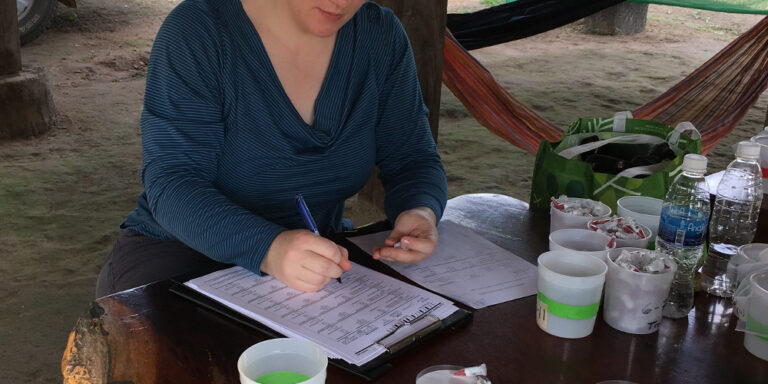Introduction
Vector Observatory – Asia connects research groups that are investigating the population structure and diversity of malaria vectors in Asia. This centres on multiple vectors from the Greater Mekong Subregion in Southeast Asia, where drug-resistant malaria parasites are emerging and spreading. This research is expanding the range of mosquito species that are represented in our whole genome data.
Objectives & Coordination
Malaria control in Asia is complicated by the diversity of malaria vectors. These species are distinct from those that transmit malaria in Africa and also bite and rest outdoors, evading control by bednets and indoor residual spray. A research priority is to address malaria transmitted by outdoor vectors.
The long-term goal of genomic research into Asian vectors is to describe and understand the genetic diversity of Anopheles populations. Our work focuses on three main objectives:
Discovering natural genetic variation and signatures of selection in malaria vectors from different parts of Asia
Using whole genome sequencing of wild-caught mosquitoes sampled over several years and seasons, we can examine patterns of selection and gene flow within species. We can also investigate variation in loci known to be associated with insecticide resistance and susceptibility to malaria parasites.
Examining vector diversity
Understanding the role of outdoor-biting and secondary vectors in complex transmission environments is crucial to reducing and eliminating malaria. In a multi-species study we compared whole genome sequences of 30 diverse anopheline species from Southeast Asia. This study analysed anopheline genomic data from species without close reference genomes. It also examined the evolutionary relationships between diverse sympatric species.
Creating an open-access resource of whole genome sequence data from multiple Asian malaria vector species
The genomic population data generated through these projects will help us understand the dynamics of malaria transmission in Asia and inform malaria control. Population datasets so far include known vector species – An. minimus, An. maculatus, An. barbirostris, and An. dirus.
Whole-genome data from evolutionarily diverged mosquitoes will help improve our understanding of the entire Anopheles genus.
Locations
Samples for a multi-species study, and population genomics studies of An. minimus, An. maculatus, and An. barbirostris were collected in Cambodia from 2010 to 2016
Samples for the An. dirus population genomic study spanning several countries in Southeast Asia were collected in Cambodia, Thailand, and Bangladesh
Sampling locations
Bangladesh, Cambodia, Thailand.
Data
Samples are sequenced by the Wellcome Trust Sanger Institute Parasites and Microbes Programme using Illumina high-throughput technology.
We routinely release data to our partner studies; in addition, the first public data release will be for An. minimus. Raw sequence reads will be deposited into the European Nucleotide Archive (ENA).
Current
Single nucleotide polymorphism (SNP) calls, and associated data for 302 wild-caught mosquitoes collected from Cambodia.
Open access
Publications
- Population genomics reveal distinct and diverging populations of An. minimus in Cambodia
St. Laurent et al.Nature Communications Biology, 2022; 28;5(1) 1308
Project contact
People
We are working with partners to ensure that the list of people associated with a partner study is up-to-date. People involved in this project include:

